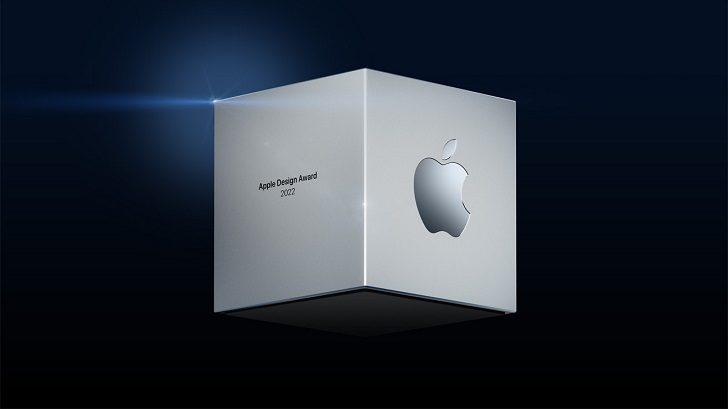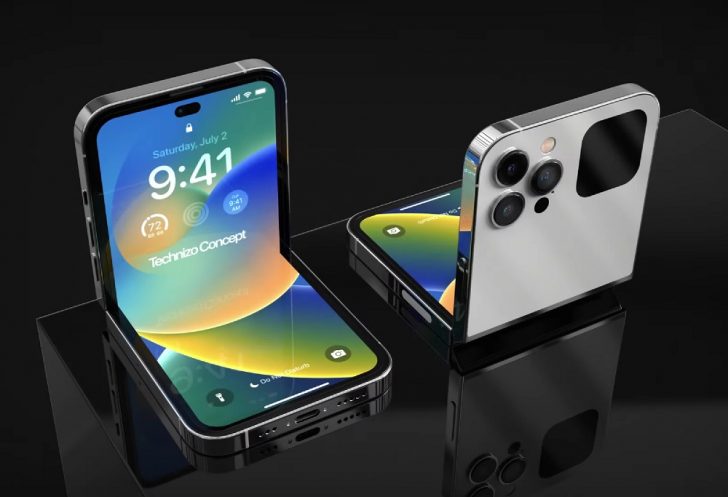In a bold move to challenge Apple’s supremacy in the premium smartphone market, Samsung Electronics (005930. KS) has unveiled its latest foldable smartphones. This marks the third consecutive year that Samsung has maintained similar price points, aiming to disrupt Apple’s dominance and carve a more significant market share.
Foldable Revolution
In 2019, Samsung, the world’s largest smartphone manufacturer, embarked on a journey to pioneer the foldable smartphone segment. Their gamble was based on the belief that consumers would be drawn to a larger screen for content consumption while maintaining a compact form factor through foldable displays.

Apple/ Newsroom | Some analysts predict that a foldable iPhone may not arrive until at least 2025.
This innovative approach to design has given rise to foldable phones – a niche category that has progressively claimed a 5% share of the global premium smartphone market. This remarkable growth is evident when comparing it to the mere 0.3% market share it held in 2019, as the research firm Counterpoint reported.
The Aggressive Pursuit of Growth
As a frontrunner in the foldable smartphone sector, Samsung commands a substantial 63% market share in the first quarter. However, the company is not resting on its laurels. Instead, it’s keen on accelerating its growth trajectory by employing a strategic pricing plan and a swifter rollout strategy, as industry analysts have observed.
In the latest development, Samsung introduced two new models: the clamshell Galaxy Z Flip5 and the wide Galaxy Z Fold5. Remarkably, the pricing strategy for these new models mirrors the previous two years, with the Galaxy Z Flip5 starting at $999.99 and the Galaxy Z Fold5 at $1,799.99 in the United States.
Elevated Features and Enhanced User Experience

Samsung/ Technews | The primary benefit of foldable smartphone screens is their versatility.
Samsung’s commitment to innovation is evident in the enhancements made to the new models. The Galaxy Z Flip5 boasts a slimmer profile compared to last year’s iteration, thanks to improvements in the hinge mechanism. Additionally, the cover screen has been expanded to 3.4 inches (8.64 cm), allowing for more interactive experiences and improved selfie-taking capabilities using the top-line primary camera.
The Galaxy Z Fold5, featuring a 7.6-inch screen, takes the foldable smartphone experience to new heights. This version is lighter and thinner than its predecessor and incorporates a larger vapor chamber designed to optimize heat management during gaming and multitasking sessions.
Furthermore, a 41% thinner stylus adds to the device’s appeal, catering to users’ creative and productivity needs. Both models are powered by Qualcomm’s Snapdragon 8 Gen 2 chipsets, ensuring top-notch performance.
A Race Against Time
Samsung unveiled the latest foldable models weeks ahead of last year’s timing. Analysts see this strategic decision as an attempt to retain the spotlight for an extended period before the impending release of the next iPhone iteration.
Jene Park, a senior analyst at Counterpoint, emphasizes that competition with Apple’s iPhone 15 series is inevitable. The foldable market is expanding beyond early adopters and gaining traction among general users, particularly in regions like China and Western Europe.

Technizo Concept/ Notebook Check | Foldable phones are gaining momentum with their promise of larger screens and compact designs
Challenges in the Foldable Market
Foldable phones bring cutting-edge technology with foldable displays and intricate hinge systems. However, this technological advancement comes at a cost. Foldable phones are notably more expensive to manufacture than conventional smartphones, which can pose a significant barrier for consumers.
Park points out that pricing remains a critical obstacle to widespread adoption. Counterpoint’s projections indicate that global foldable smartphone shipments are poised to reach around 19 million units in 2023, a substantial 45% increase from the 13.1 million units recorded in 2022.
Apple vs. Samsung
As of 2022, Apple commands a 75% share of the premium smartphone market, focusing on devices priced at $600 or above. In contrast, Samsung holds a 16% share in this segment. By introducing these new foldable models, Samsung aims to close this gap and gain a more substantial foothold in the premium market.













